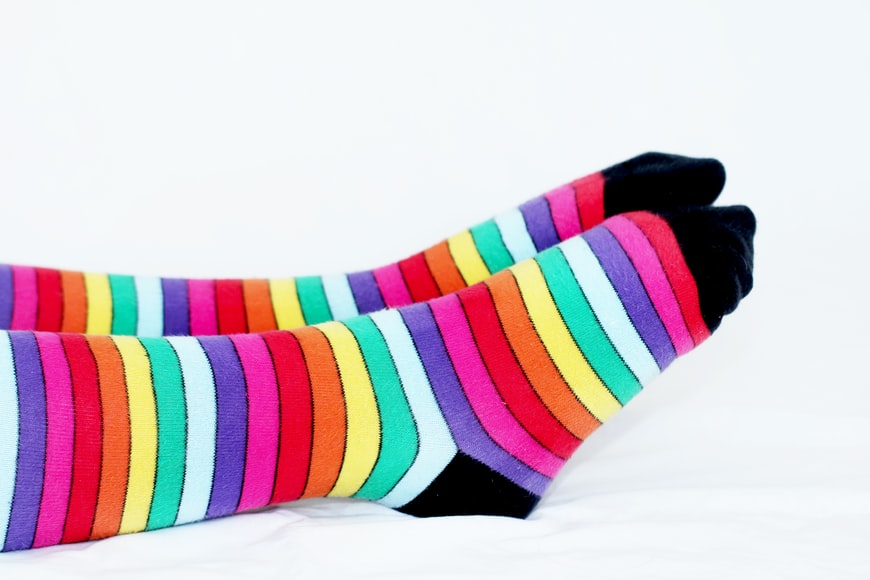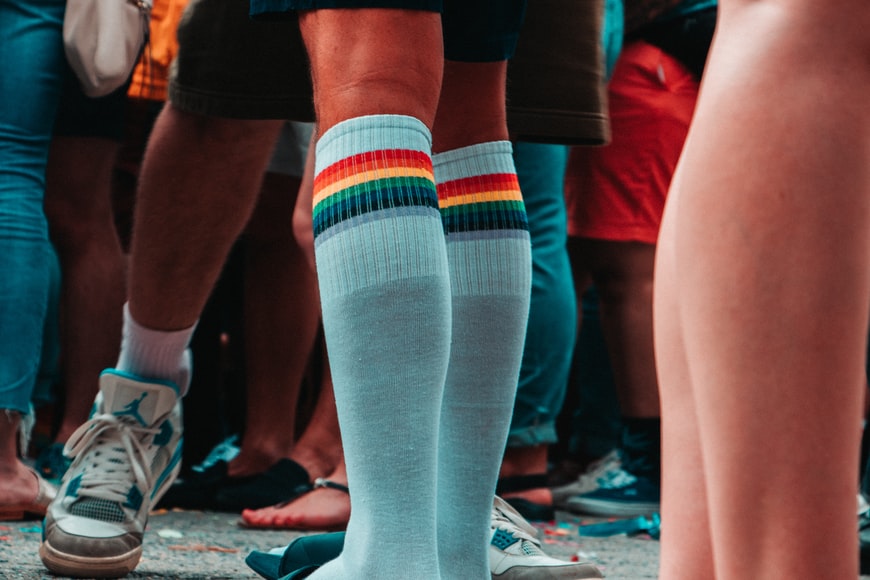The History of Compression Socks and How They’ve Improved in Modern Times
Believe it or not, compression socks have a long history. The practice of using compression therapy has been used by people for thousands of years.
In fact, there are cave drawings depicting the use of bandages on the lower extremities of soldiers that can be traced back to the Neolithic period. There is also a medical text called the Edwin Smith Papyrus from ancient Egypt that shows evidence of the use of mechanical compression in the legs at around 1600 BCE.
Later, in the Middle Ages, compression bandages were used to treat conditions that were characterized by the enlargement of the veins in the legs. The seamless socks for kids keep the feet warm of the kids and also keep the feet in shape.
The tools used to introduce added compression to the legs in the past were far different from what can be found now in modern medical facilities, as people back then mostly resorted to the use of bandages. Still, it’s clear that people have been aware of the comfort and medical benefits of compression therapy even way back then.
Here’s The History Of The Compression Socks And Their Improvements Over Time
a. Background

It was the English physician William Harvey who discovered the connection between external pressure and the slowing down of the blood flow in the legs in 1628.
This milestone spurred the invention of many types of compression tools, such as elastic bands, lace stockings, and bandages that have been treated with resin. These new tools made it easier for the period’s physicians to administer compression therapy whenever their patients required it.
It’s not hard to imagine someone with venous disorders in those times getting a prescription for wearing compression over-the-calf socks or its 17th-century equivalent from their doctor.
While we’re talking mainly about compression socks, it’s important to take note that it’s not unusual for the people of these periods to wear hosiery.
In fact, the first well-known woman on record to wear silk hosiery was Queen Elizabeth I in 1560. After receiving her first black silk pair of stockings as a gift, the queen was said to prefer using them exclusively. These articles of clothing were mostly worn by European nobles as doing so offered them practical advantages, such as improved mobility while horseback riding.
Later on, the development of new textiles and manufacturing processes made more types of stockings, hosieries, compression socks, and other similar articles of clothing more accessible to the general public.
b. New Textiles and Modern Versions of Compression Socks

Aside from silk, a number of other materials were used to manufacture stockings and compression socks, such as natural fibers like cotton and synthetic materials like nylon and polyester. These new materials are more elastic compared to the traditional materials used for socks and stockings, which enable them to offer greater levels of consistent compression.
Today, there’s no shortage of stockings and hosieries in the market. Compression socks continue to be used as medical implements, and they’re also becoming more popular as everyday socks. But what’s the difference between them?
Put simply, medical-grade compression socks have higher compression than consumer-grade ones, and they often appear thicker as well. Consumer-grade compression socks, on the other hand, appear a lot like your everyday socks but with added compression.
Aside from providing a gentle squeeze, everyday compression socks also incorporate plenty of modern features that regular socks have, like moisture-wicking properties, odor-control, thermal management, and reinforced heels. To make sure that they stay in place, these socks have graduated compression zones, reinforced toes, and seamless toe closures. Plus, they come in all lengths, colors, and designs.
c. What Do You Get from Wearing Compression Socks?

Wearing compression socks can provide the veins in your legs added support that regular socks simply can’t offer. The gentle squeeze afforded by compression socks helps blood flow more efficiently from the legs to the upper parts of the body, making the process less damaging to the valves in the veins. This makes it less likely for blood to pool in your lower extremities.
Compression socks are ideally worn by people who spend hours on end standing, sitting, or walking. It’s a great addition to your everyday ensemble, no matter if you’re required to be on your feet all day or if you need to spend most of your time on the clock in front of the computer.
If you’re planning to drop by the gym, wearing compression socks can also help improve your blood circulation while you exercise. They may even prevent your feet from being drenched in sweat if they can wick away moisture. These socks can also offer plenty of comfort and support if you’re traveling, going on an hour-long flight, meeting with friends, or even if you’re just lounging at home in your pajamas.
Summary
If you’re prone to venous disorders or there’s a high risk that you’ll develop these conditions later in life, then wearing compression socks now can be a great investment for your health. Not only can these socks help you stay healthy, but they can also help you achieve the look you want.
Read Also:








